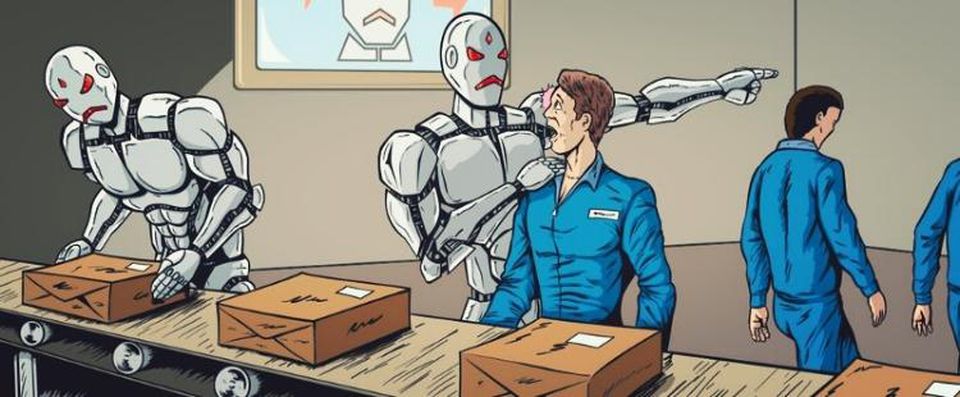Fast development and spread of technology, especially AI is reshaping our society and the way value is created. The economy is constantly requiring different skills from the workforce. Aligning human capabilities to the future of technological development is essential for the prosperity of our society. Governments need to be prepared for these changes and empower citizens to be prepared for the labour market of the next decades.
General purpose technologies that reshape several aspects of life such as the steam engine, electricity or the internet have all had significant effects on the way humans work (Jovanovic & Rousseau, 2005). The rise of AI and job automatization is probably not new for anyone reading this post. Predicting their effect on the job market is far from easy though.
Brynjolfsson and McAfee (2015) argue that humans will not be replaced by AI in the way internal combustion engine replaced horses. They believe that some services require interpersonal elements that machines will never be able to substitute. It is indeed hard to imagine seeing robots performing in a theatre or a good therapist without the ability of forming human bonds with the patient. Brynjolfsson and McAfee (2015) also say that the creative innovative capabilities of humans can not be replaced either. The ability of forming goals and hypothesises to reach them distinguishes us from artificial intelligence.
Governments have the most power and responsibility to act and improve the latter strengths of their people. Mitchell and Brynjolfsson (2017) published an article in Nature that examined the capabilities of governments to form policies that can effectively cut the mismatch of the workers’ skillset and the requirements of technological change.
The first problem is that we do not even understand the past changes precisely enough. Among many other researchers, Restrepo (2015) showed that the employment rate in clerical and sales jobs have been sharply decreasing from the first days of the internet until now. Professional jobs were the opposite while the share of service jobs has started to slowly decrease recently. This kind of macro level data is available for policy makers. However, it is not detailed enough to guide successful policy making.
Mitchell and Brynjolfsson (2017) draw the attention to several already existing labour force data sources government could leverage. Universities have detailed profile of their students and their careers. Job-seeker websites have extensive knowledge of the skills required by employers and their dynamics of change. The phenomena of freelancers and gig economy employees are also black spots for the government.
Governments will have to find means to access more job market data and learn to use it for data driven decision making. I believe that it is the common interest of private sector and governments to capture the societal value of sharing this data between organizations.
References
Brynjolfsson, E. & McAffe, A. (2015). Will Humans Go the Way of Horses? Labor in the Second Machine Age. Foreign Affairs https://www.foreignaffairs.com/articles/2015-06-16/will-humans-go-way-horses
Jovanovic, B. & Rousseau, P.,L. (2005) General Purpose Technologies. NBER Working Paper No. 11093. https://www.nber.org/papers/w11093
Mitchell, T. & Brynjolfsson, E. (2017) Track how technology is transforming work. Nature. https://www.nature.com/news/track-how-technology-is-transforming-work-1.21837
Restrepo, P. (2015). Skill Mismatch and Structural Unemployment, Massachusetts Institute of Technology, http://pascual.scripts.mit.edu/research/01/PR_jmp.pdf

